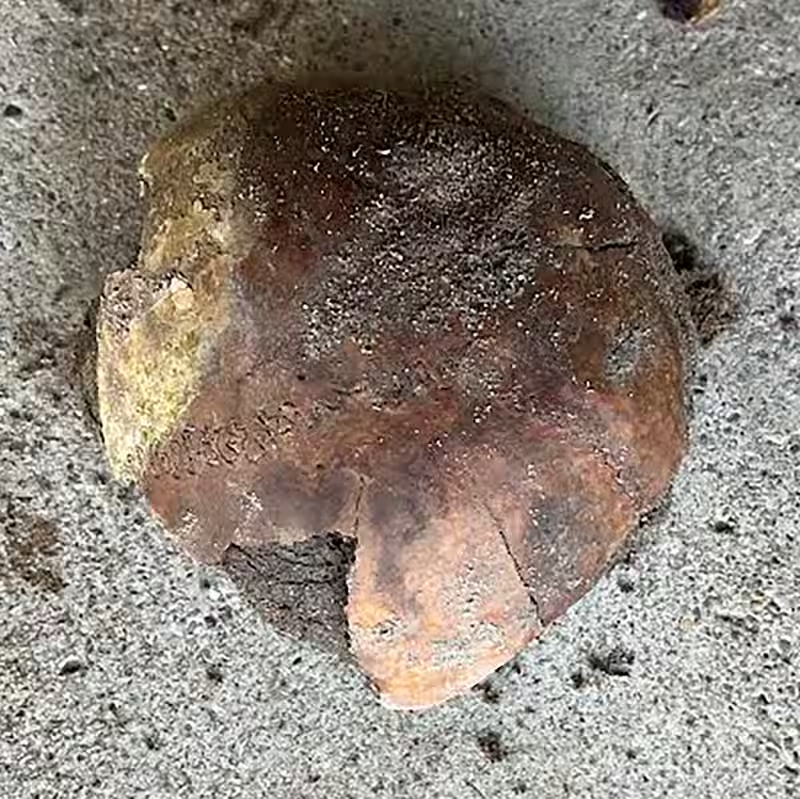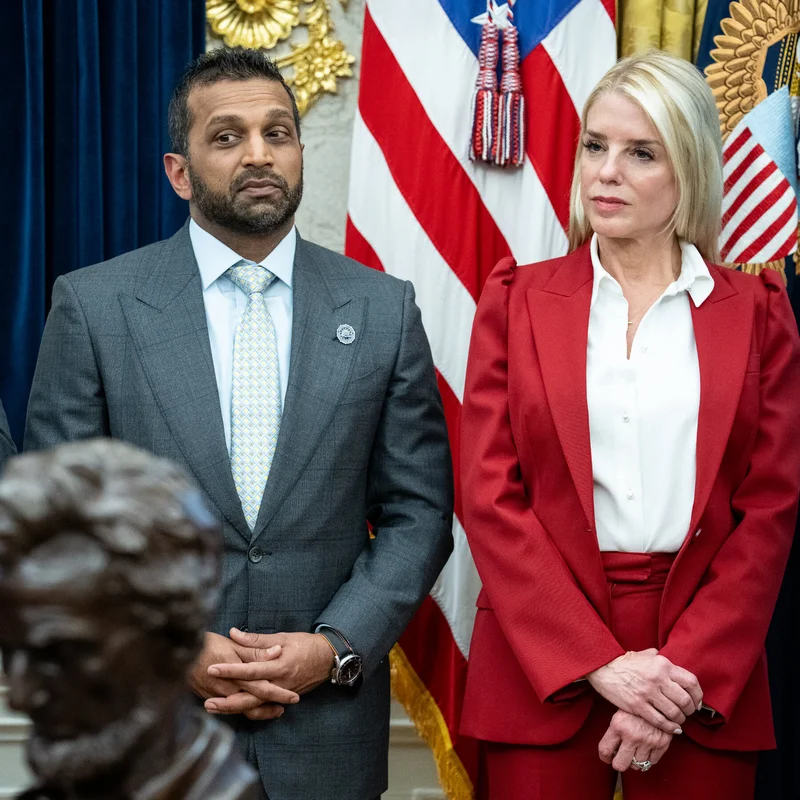Table of Contents
- Ancient Discovery Along Indiana Riverbank
- How the Skull Was Found—and Verified
- Who Did the Skull Belong To?
- What This Means for Indigenous History in the Midwest
- Next Steps: Repatriation and Respect
- Sources
4,200-Year-Old Skull Fragment Unearthed in Indiana
In a discovery that bridges millennia, a fragment of a human skull dating back over 4,200 years has been found along the eroded banks of Indiana’s Whitewater River. The bone—slightly larger than an adult hand—was discovered in June 2025 in Fayette County, more than 60 miles east of Indianapolis, and has since been confirmed by radiocarbon testing to originate from around 2300 B.C.
“This remarkable discovery is a powerful and humbling reminder that people have walked this land, our home in Fayette County, for millennia,” said Eddie Richardson, Fayette County Coroner, in a public statement. The find offers a rare glimpse into the lives of Indigenous peoples who inhabited the region during the Late Archaic period—a time long before written records existed in North America.
How the Skull Was Found—and Verified
The skull fragment was stumbled upon by a local property owner and avid collector of Native American artifacts during a routine walk along the riverbank. Recognizing the potential significance, the individual immediately reported the find to the Fayette County Sheriff’s Office.
From there, officials launched a multidisciplinary investigation:
- Forensic analysis was conducted by Dr. Krista Latham, a forensic anthropologist at the University of Indianapolis.
- Radiocarbon dating was performed at the University of Georgia, which confirmed the skull’s age at approximately 4,200 years.
- Cultural consultation is now underway with representatives from the Miami Tribe of Oklahoma to determine possible tribal affiliation.
“Rigorous testing allowed us to accurately determine the antiquity of this discovery,” Richardson noted, emphasizing the scientific care taken to authenticate the remains without disturbing their integrity.
Who Did the Skull Belong To?
While the fragment is confirmed to be from an adult, experts have not yet determined the individual’s sex or specific tribal lineage. However, historical and archaeological context provides clues.
During the Late Archaic period (3000–1000 B.C.), the region that is now Indiana was home to semi-nomadic communities who:
- Used tools crafted from bone, antler, and stone
- Traded materials like copper and marine shells over vast distances
- Wore ornamental beads made from pearls, shells, and native copper
According to the Indiana Department of Natural Resources, the remains could be linked to ancestors of several present-day tribes, including the Shawnee, Potawatomi, Delaware, or Cherokee—though definitive attribution requires further consultation with tribal nations.
What This Means for Indigenous History in the Midwest
This discovery reinforces what Indigenous communities have long known: that their ancestors thrived in the Ohio River Valley and surrounding regions for thousands of years before European contact.
“Finds like this challenge the myth that this land was ‘empty’ or ‘untouched’ before colonization,” said Dr. Latham in a past interview (not directly quoted in this case but consistent with her public work). “Every bone, every tool, every hearth tells a story of resilience, adaptation, and deep connection to place.”
The Late Archaic period marks a time of increasing social complexity, seasonal settlement patterns, and early ceremonial practices—making even a single skull fragment a potential window into spiritual and community life over four millennia ago.
Next Steps: Repatriation and Respect
Under the federal Native American Graves Protection and Repatriation Act (NAGPRA), human remains discovered on public or tribal land must be returned to culturally affiliated tribes. While this skull was found on private property, Fayette County officials are voluntarily coordinating with both the Indiana Department of Natural Resources and tribal representatives to ensure ethical and legal protocols are followed.
“It calls upon all of us to handle this matter with the utmost respect and diligence,” Richardson emphasized. Plans are underway to determine the appropriate next steps for reburial or ceremonial care, guided by tribal input.
For now, the site remains protected, and further public access is restricted to preserve its archaeological integrity.




